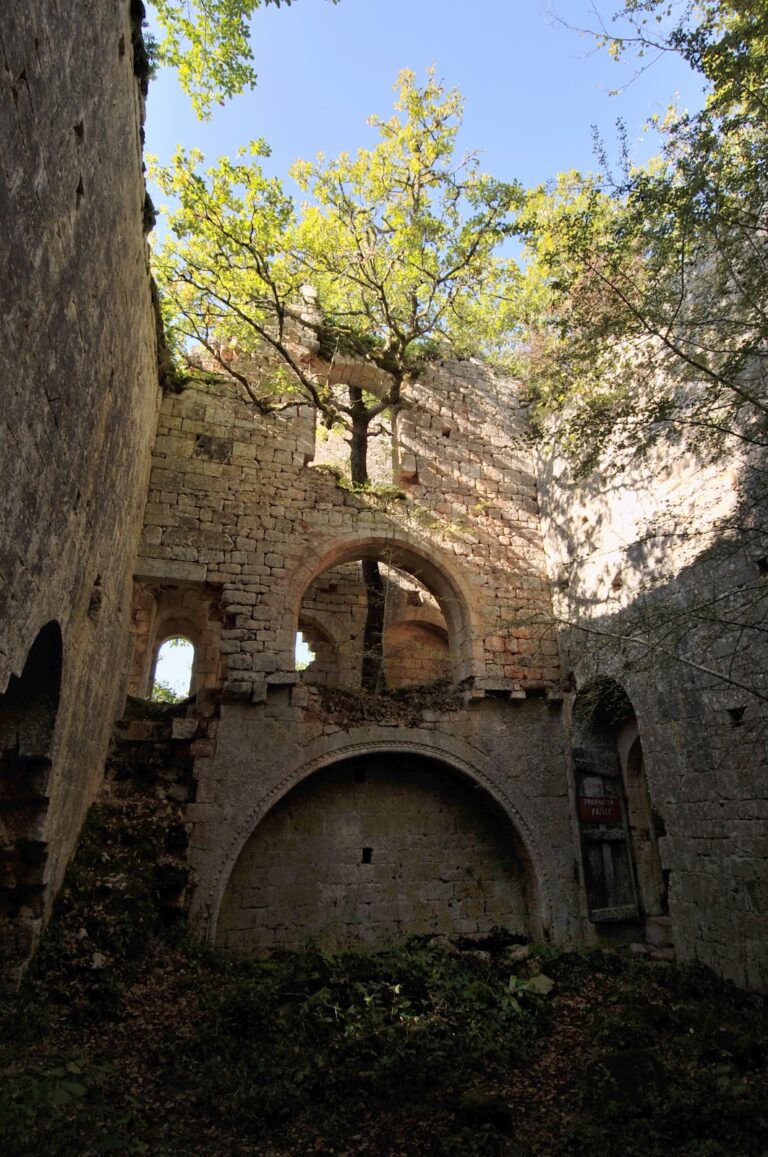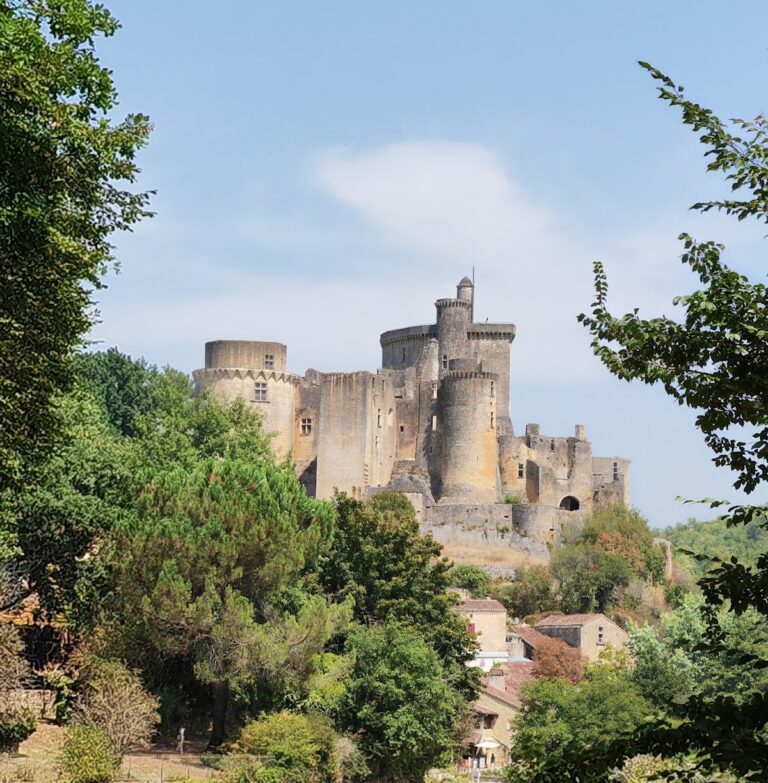Château de Montcléra: A Historic French Seigneurie and Renaissance Château
Visitor Information
Google Rating: 4.5
Popularity: Very Low
Google Maps: View on Google Maps
Country: France
Civilization: Unclassified
Remains: Military
History
The Château de Montcléra is located in the municipality of Montcléra in modern-day France. Constructed under the direction of medieval French nobility, it served as the seat of a seigneurie, a type of feudal lordship, established in the 14th century.
The origins of the château date back to 1334, when the Duke of Normandy, who would later become King Jean II of France, granted the lands of Montcléra to Arnaud de Commarque. This grant detached Montcléra from the royal jurisdiction of Cazals, elevating its legal and administrative status. Arnaud de Commarque, the first seigneur, held roles supporting two popes, John XXII and Clement VI, reflecting a close relationship between the local lordship and the church.
In 1346, a formal agreement was reached defining the boundary between royal authority and the jurisdiction of the Bishop of Cahors, placing Montcléra at this significant frontier. The seigneurie passed to Amalvin de Commarque in 1368, who notably paid homage to the bishop, indicating a complex overlap of feudal and ecclesiastical loyalties. By 1391, the family name associated with the lordship had changed or been recorded as de Gironde.
The turbulent period of the Hundred Years’ War brought damage to Montcléra, but by 1446 the Gironde family had reestablished their presence. The castle itself is first explicitly mentioned in an inventory dated 1504, during the ownership of Jean de Gironde, confirming its existence and occupation at that time.
In the early 17th century, François de Gironde prepared his will in 1610, ensuring the estate passed to his son Brandelis and grandson François under the condition that they bear the combined heraldry of the Gironde and Montcléra families. Brandelis’s marriage in 1605 to Louise de Gontaut-Biron linked Montcléra to a notable noble lineage. Shortly afterward, in 1616, King Louis XIII elevated the status of the seigneurie of Montcléra, along with the viscounty of Lavaur, designating it as a marquisate, thus formally recognizing its importance within the hierarchy of French nobility.
Ownership of the château remained within the Gironde family until the 19th century, after which it transferred to the Dupuy family. The château’s historical and architectural value was recognized in the 20th century, culminating in its designation as a protected historic monument in 1925. The fortified entrance gate, a significant element of the site, received a separate classification in 1929, underscoring its distinct heritage.
Remains
The Château de Montcléra presents as a rectangular main building primarily dating from the 15th century. This core structure underwent significant remodeling during the Renaissance, evident in its architectural details. Flanking the main building are rounded towers fitted with machicolations—stone projections with openings through which defenders could drop objects on attackers—demonstrating medieval defensive design. One of these round towers adjoins a large square keep, a fortified tower traditionally serving as a last line of defense and residence. This keep features a square watch turret, offering elevated vantage points over the surrounding landscape.
The roof of the château is punctured by windows characteristic of the second Renaissance style, which typically include more refined and decorative forms compared to the earlier Renaissance phase. The façade is marked by pronounced corner quoins—large, squared stones reinforcing the building’s edges—and is interrupted by two rounded-arch openings: a grand carriage entrance large enough for horse-drawn vehicles and a smaller pedestrian doorway, both accommodating different forms of access.
Surrounding the château is an extensive, carefully maintained parkland, which frames the structure and adds to its setting. The fortified entrance gate stands apart as a notable feature, with its own historic monument classification, indicating it retains significant original defensive architecture.
The ensemble of residential and defensive elements, set within this lush environment, reflects both the château’s role as a noble residence and its military readiness through several centuries. Today, these described features remain in situ, providing a tangible link to the site’s medieval origins and Renaissance modifications.







